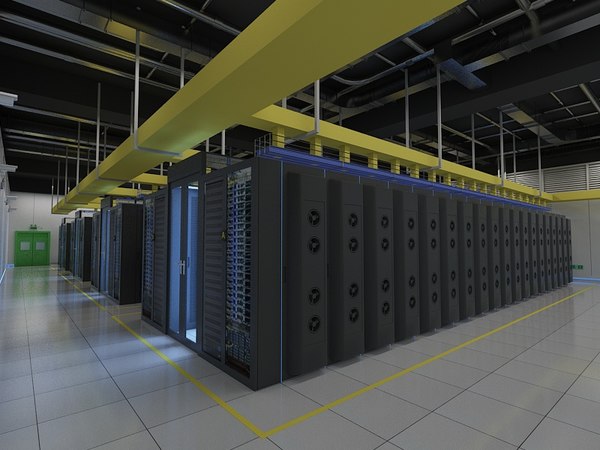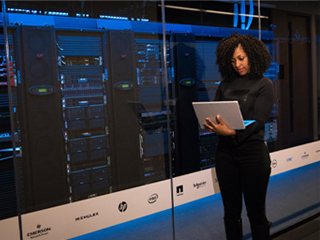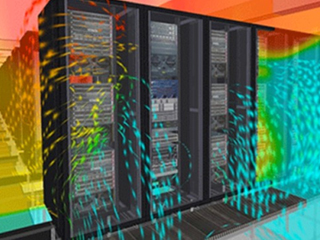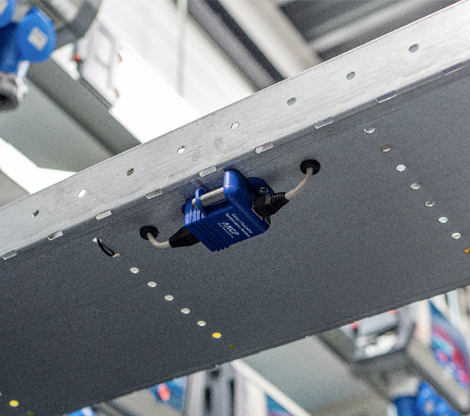Approaches and Strategies In Cooling Data Center
Luckily, there are a growing number of approaches to cooling the data center that reduces energy consumption and costs.
Aisle Containment
Free Cooling
Why not use the outside air to cool your servers if it’s cold enough? Data centers, it turns out, may use the outside air, as well as ocean or lake water, for cooling when they have located insufficiently cold climates. For this reason, several data centers, like the Facebook data center in Lulea, Sweden, are placed near the Arctic Circle.
These natural cooling systems, on the other hand, do more than simply circulate air or water throughout a building. Because appropriate humidity levels must be maintained at all times, air must be cleaned and filtered effectively. Furthermore, if the outside air becomes too hot, even individuals who use these systems must resort to alternative cooling methods. Building data centers in cooler climes, on the other hand, can considerably reduce energy use and cooling expenses.
Chilled Water
Water transmits heat 30 times more efficiently than air, making it ideal for cooling servers. A pump flows chilled water through a tubing system that goes through server cases in a chilled-water cooling system. Water is never brought into direct contact with the server components because it conducts electricity and would destroy the equipment. Instead, it runs alongside them, transmitting the heat generated.
When compared to typical air cooling, water-cooled servers offer significant performance gains and cost savings. By converting to chilled water cooling, some data centers have cut their energy expenses by more than half.
Liquid Immersion Cooling
It is common knowledge that liquid should not be allowed to come into contact with electronic equipment.
However, a new cooling approach known as liquid immersion has emerged, in which servers are totally submerged in a dielectric fluid that does not carry electricity. Air cooling is hundreds of times less efficient than this technology. In fact, server density in liquid immersion data centers can significantly exceed that of air-cooled data centers. One possible application for liquid immersion cooling is in high-performance computing (HPC) environments, where enormous clusters of high-end servers generate too much heat for typical air cooling to be viable. Reduced reliance on, or even elimination of, air cooling would, of course, drastically cut electricity consumption and costs.
Evaporative Cooling

Photo Credit: www.comfyhome.com.au
Evaporative cooling, commonly known as swamp cooling, cools data centers by evaporating water. Air is channeled past wet pads or filters in this relatively basic procedure. Heat is dissipated in the water, and cooler air is drawn back into the data center. Instead of a compressor, the technology simply requires a fan and a water pump. Evaporative cooling has even earned the moniker “free cooling”. While it isn’t completely free, it is 75% less expensive than standard air conditioning.
Evaporative cooling, like natural air and water cooling, has geographical limitations. The procedure produces a lot of moisture in the air, which is bad for equipment. As a result, the technique works best in dry settings like the American Southwest. Microsoft, for example, recently purchased land in Arizona with the intention of constructing data centers with evaporative cooling. While evaporative cooling is the most environmentally friendly and cost-effective cooling technology, it isn’t for everyone.
Geothermal Cooling
It’s probably colder underground no matter where you go in the world. Geothermal cooling isn’t a new notion; for centuries, people have kept perishables cool by storing them underground, such as wine in a wine cellar. The same idea is being utilized to cool data centers more and more.
A closed-loop piping system filled with water or a coolant is used in geothermal cooling. The water or coolant circulates through the pipes, carrying heat from the data center beneath the earth’s surface, where it is absorbed into the ground and used as a heatsink by the soil. Geothermal systems may cool powerful sources of heat with relatively little electricity because of the earth’s bulk. Many data centers, like the American College Testing data center in Iowa City, Prairie Bunkers Data Center Park in Hastings, Nebraska, and Verne Global in Iceland, have already utilized this cooling approach.
Potential Challenges In Data Center Cooling
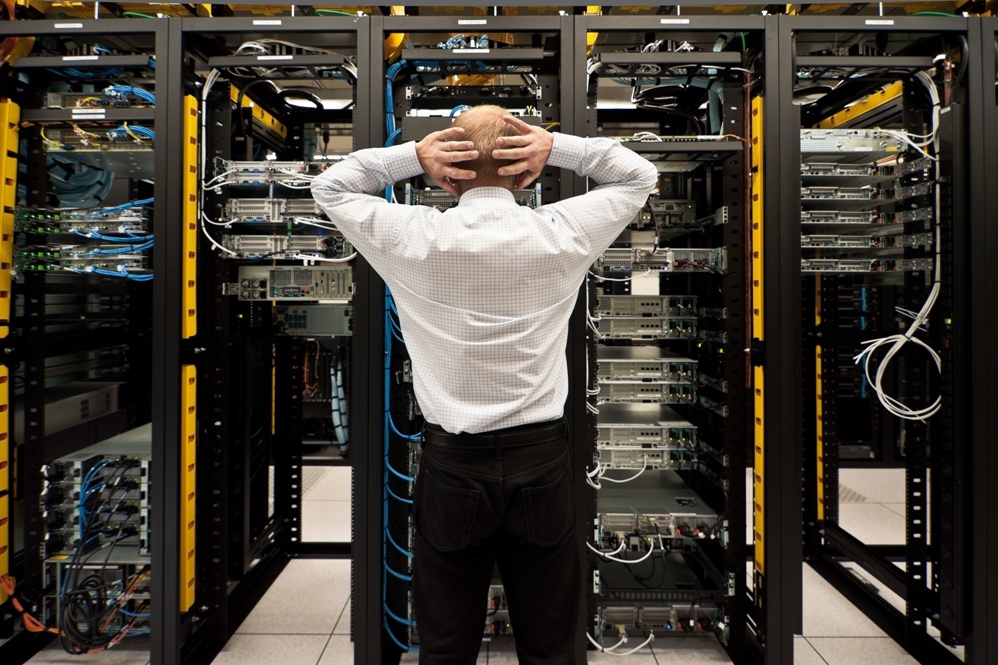
Photo Credit: prasa-pl.com
-
Adaptability and Scalability
-
Availability
-
Life Cycle Costs
-
Maintenance and Serviceability
-
Manageability
Monitoring With AKCP
Monitoring is being employed in data centers throughout the world for more efficient and cost-effective cooling, despite the fact that it is not technically a cooling method.
Temperature and Humidity Monitoring
Temperature and humidity levels can be monitored thru sensors. Instead of wasting energy by cooling a full data center all of the time, clever sensors can detect isolated hot spots and direct cold air to only the parts that require it. Datacenter operators can utilize historical data to anticipate future temperatures in the data center, allowing them to make informed decisions that save energy use and expenses.
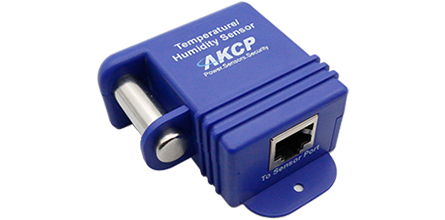
-
Single Port Temperature and Humidity Sensor
In situations where both temperature and humidity can be critical, you can keep up to speed on the current conditions using this sensor. Combining temperature and humidity into one sensor frees up an additional intelligent sensor port on your base unit.
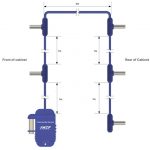
AKCP Thermal Map Sensor
-
Thermal Map Sensor
Datacenter monitoring with thermal map sensors helps identify and eliminate hotspots in your cabinets by identifying areas where temperature differential between front and rear are too high. Thermal maps consist of a string of 6 temperature sensors and an optional 2 humidity sensors. Pre-wired to be easily installed in your cabinet, they are placed at the top, middle, and bottom – front and rear of the cabinet. This configuration of sensors monitors the air intake and exhaust temperatures of your cabinet, as well as the temperature differential from the front to the rear. Use thermal map sensors to identify cabinet hot spots and problem areas
Reference Links:
https://netrality.com/innovation/making-data-centers-cool/
https://www.vertiv.com/en-asia/about/news-and-insights/articles/educational-articles/a-beginners-guide-to-data-center-cooling-systems/
https://www.raritan.com/ap/blog/detail/types-of-data-center-cooling-techniques

